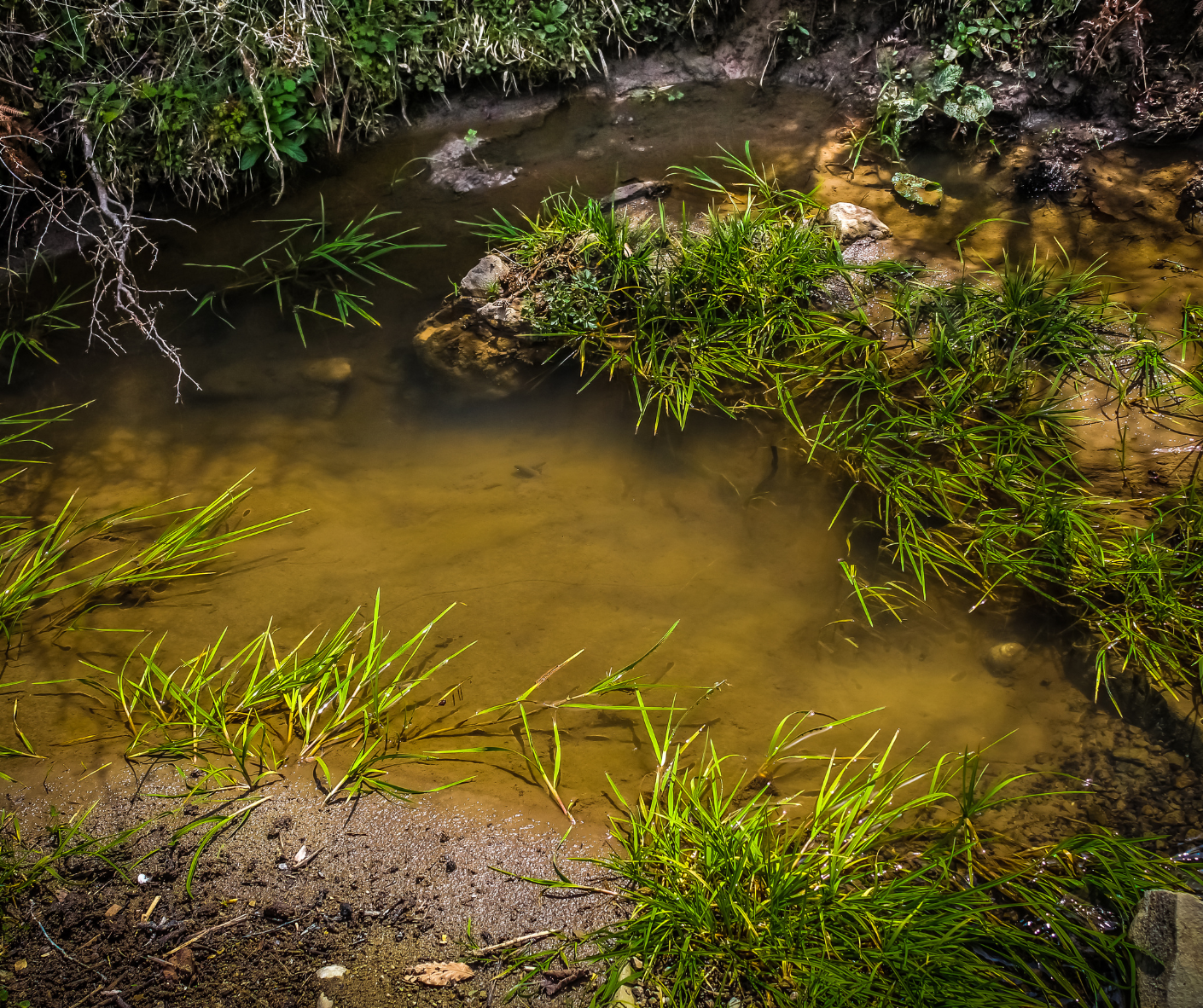With all of the precipitation that we receive in Camas, Washougal, and Vancouver, Washington, it’s easy to understand why lawn drainage is important. It’s also easy to see why improper drainage can dramatically affect the health of your lawn. If you are often seeing standing water pooling in your lawn, this is most likely due to some form of drainage issue. So, let’s discuss some typical causes and solutions for lawn drainage.
Causes
Compacted Soil
The first culprit of improper lawn drainage that we’ll go over is compacted soil. Compacted soil has various causes, like excessive foot traffic or the use of machinery. For whatever reason the soil is compacted, it boils down to the same theme: soil is compacted by putting some form of weight onto it. Once soil has been compacted, it allows far less water infiltration (the amount of water that is allowed to flow freely through the top layer of soil). Less water infiltration translates to more standing water.
Improper Slope
Another cause of poor drainage is the slope or grade of your lawn. A perfectly level yard may seem, at first thought, ideal. However, a lawn with no slope will quickly lead to standing water. Worse yet is a lawn that slopes toward your home, which can quickly lead to some serious foundational issues for your house as well. The ideal slope of a lawn, that moves away from your house, is 5%, although a slope between 3% and 25% are generally considered acceptable. A 5% slope will ensure water is moving away from your house, and off your lawn, quickly enough to allow proper drainage, but will barely be a noticeable angle when traversing your lawn.
Downspout Runoff
Downspout runoff can be another cause of standing water on your lawn. Downspouts divert water from your roof and gutters to a predetermined area. Clogged gutters, as well as improperly sized downspouts, can easily lead to drainage issues. When water is improperly diverted by your downspouts, it will take the path of least resistance, which, oftentimes, can be your patio, your homes foundation, or even your yard or lawn, depending on how the system was set up.
Solutions
Addressing Gutters and Downspouts
An obvious solution when a standing water issue is caused by your downspouts is to address this first. Start by making sure that the gutters are not full of leaves or other debris. If they are, simply clean them out. Making this an annual or even a biannual habit will greatly reduce the amount of excess water that occurs from having clogged gutters. If that is not the issue, then ensure your down spouts are properly sized for the area size of your roof. Another thing you can do is install downspout extensions to move the water runoff even further from your home or lawn.
Relieving Compaction
There are several methods for reliving compaction. Which method you use will depend on the severity of compaction. Aerating relieves soil compaction by introducing small holes throughout the lawn; this also helps the health of your grass by allowing more air, light, moisture and nutrients to penetrates into the roots of your lawn. Dethatching also relieves compaction by removing the layer of thatch that builds up on the surface of your lawn and can also improve the health of your lawn. Tilling and reseeding your lawn is another method of relieving compaction, albeit more costly than the first two options discussed. Adding organic matter to your lawn can help relieve compaction as well.
Regrading
Another solution to addressing standing water is to regrade the slope of your lawn. This will require either tilling or adding soil, sometimes both. When regrading, ensure the slope is moving away from your home. Also ensure that the grade runs to an area where excess water can be properly managed (i.e., into storm drains) and not into your neighbor’s yard.
Other Notable Solutions
If the above solutions don’t work or you have deeper issues that, perhaps, they don’t address, you still have options. You can create a dry creek or rock garden to handle excess water by diverting the water to this area which will allow it to flow into the ground and be dispersed more easily. You can also install drainage basin in your lawn that will help to drain standing water, diverting it to an area where the water can be more easily managed. You could also install a French drain at the base of the slope to help deal with excess moisture as well.
If all of this sounds too daunting, you still have options! Urban Eden Landscaping would love to help with your lawn drainage issues and all of your landscape needs! Contact us today or fill out our FREE estimate form.

